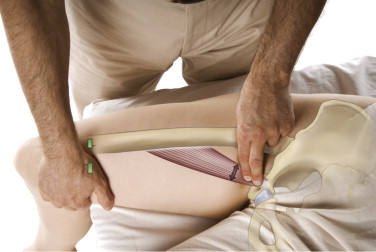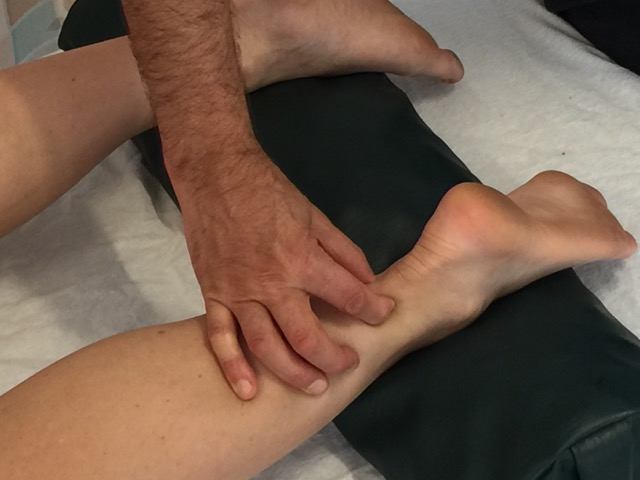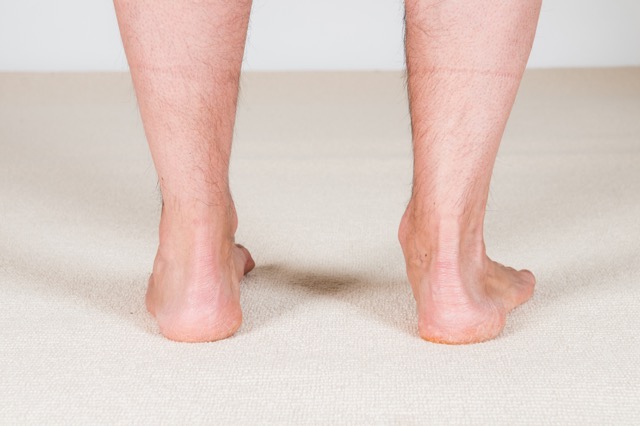Signs and symptoms: The most common symptom of a hamstring strain is pain in the posterior thigh at the site of the strain. Pain is usually sharp when the injury is acute, and transitions to being more dull as time …
What are the signs and symptoms of and how do we assess (diagnose) ankle sprain?
Signs and symptoms: When an inversion sprain is acute, the typical signs and symptoms are pain and swelling (inflammation) in the lateral ankle near the lateral malleolus. Pain will usually be worst when standing and weight bearing on the injured …
How do we assess (diagnose) a client with Adductor Strain?
Assessment/Diagnosis: Assessment/diagnosis of an adductor strain (groin pull) follows from the signs and symptoms. In the acute stage, the location of the client’s/patient’s pain will indicate the area of strain, and palpation there will further elicit pain. To determine which …
What are the signs and symptoms of and how do we assess (diagnose) Achilles tendon disorders?
Signs and symptoms: The most common symptom of Achilles’ tendinitis is pain at the Achilles tendon. Pain is usually not present at rest, but will be evident upon palpation. Pain will also be provoked if the triceps surae musculature contracts …
What are the signs and symptoms of and how do we assess (diagnose) overpronation?
Signs and symptoms: The first and most obvious sign of overpronation is a flat foot/dropped arch. The supple flat foot will have an arch when not weight bearing and will be seen to lose the arch upon weight bearing. A …





